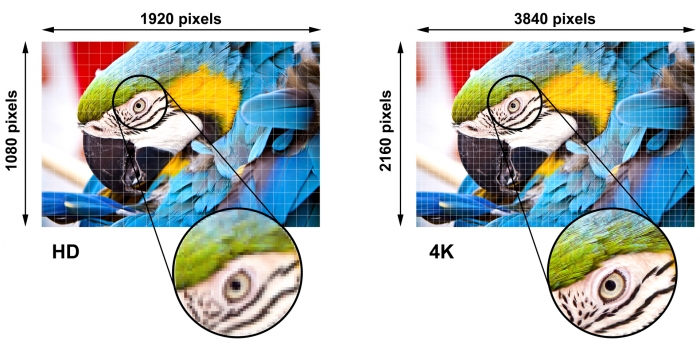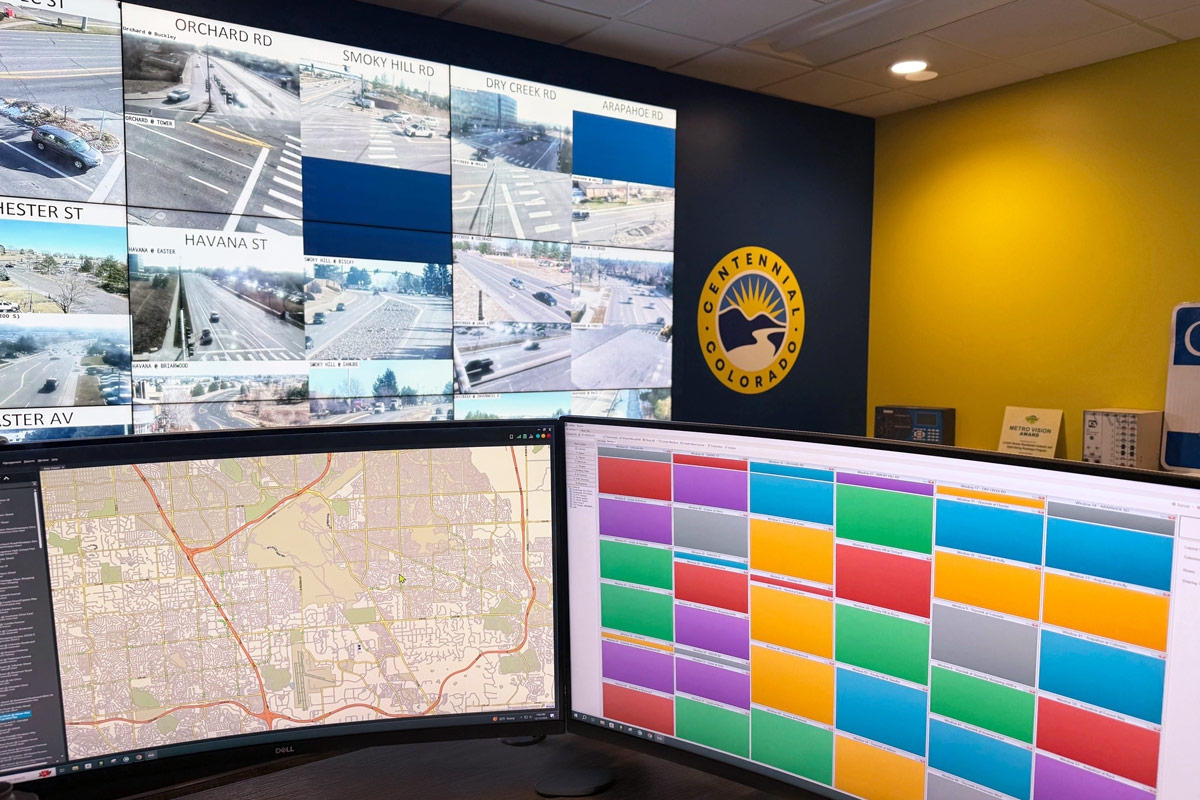4K UHD Technology: Applications Across Vertical Markets
4K is an ultra high-resolution video format that offers four times the resolution of HD (3840 x 2160 instead of 1920 x 1080). Over the past year, the buzz surrounding 4K technology has been intensifying. 4K monitors are everywhere, and audiovisual companies are rushing to launch video processing systems compatible with these UHD displays. This was very noticeable at the Integrated Systems Europe (ISE) show this year, where 4K seemed to be the predominant theme.
In contrast, RGB Spectrum has been at the forefront of 4K product development with its SuperView® 4K Multiviewer (launched in early 2013), which enables the multi-window display of UHD/HD content on a single 4K monitor, and its new MediaWall® V Display Processor, the world’s first true 4K video wall processor with video synchronization and fully-scalable windows.
4K technology is becoming more mainstream, and 4K monitors more affordable. As a result, we are increasingly seeing 4K UHD products deployed in a wide range of market areas: broadcasting, digital signage, and corporate boardrooms, as well as display applications in the security, military and medical verticals. To assess the direction that 4K technology is headed, let’s consider some recent developments in 4K implementation across market segments.
In the broadcasting industry, for example, Fox Sports Network is using 4K cameras and replay systems for football games and other sports telecasts to provide higher clarity when compared to regular HD television, and enable commentators to zoom in on particular areas of the action without losing resolution. When spectators view this ultra high-resolution video on 4K monitors, the result is an enhanced viewing experience.
In the digital signage market, there is a growing realization that one large 4K monitor may be superior to a 2x2 video wall of narrow bezel monitors. With a large 4K monitor, advertisers get the same resolution as a 2x2 wall array at a comparable price-point and without the visual inconvenience of monitor bezels. For larger installations, a video wall of 4K monitors would have far fewer bezels than an HD video wall of comparable size, again enhancing the viewing experience.
4K is also making inroads into corporate boardrooms. As businesses replace HD projectors with 4K projectors and monitors, they benefit from a dramatic increase in brightness, clarity and visibility. The result is an impressive installation that makes a statement. Higher resolution 4K surfaces, whether individual monitors or a video wall array, enable the simultaneous display of more data, provide improved clarity for corporate applications like videoconferencing, and enhance collaborative workflows for decision-making.
For security operations centers, control rooms and surveillance applications, operators rely on high-resolution visuals and video feeds to be able to monitor a range of factors and facilities. More and more companies are developing ultra high-resolution surveillance cameras that provide security operators with the sharpest, most precise imagery possible. With 4K-compatible display processors and monitors, operators can view this imagery without downscaling, and can zoom in farther without affecting clarity. This enables them to better monitor and analyze system resources and respond to potentially critical situations.
Many military/defense applications require the visual clarity and precision of 4K technology. A single 8 Megapixel (4K) monitor used with a SuperView 4K multiviewer is ideal for a number of display applications including vehicle, vessel and airborne consoles, mobile command centers, tactical operations centers, and UAV ground control stations. With the robust MediaWall V processor, 4K video walls can be used to provide enhanced situational awareness in a range of mission critical military applications.
Finally, one of the most compelling applications of 4K imagery is in the medical industry. Doctors and medical technicians need to have access to the highest-resolution imagery possible to make accurate decisions about patient care. The advent of 4K monitors certified for use in surgical suites is revolutionizing the operating room by enabling the simultaneous display of patient data, vital signs, video from a surgeon’s forehead mounted camera, video from endoscopes and other instruments, etc., all on a single monitor. Whether powered by multiviewers or video wall processors, 4K monitors provide 8 megapixels of resolution to display all kinds of medical information and imagery.
The real advantage of a 4K display may have little to do with 4K imagery, but rather with the usefulness of 8 megapixels of resolution to display multiple images simultaneously without downscaling. RGB Spectrum’s SuperView 4K multiviewer allows users to manipulate native 4K images, a combination of 4K and high-definition video, or up to eight graphic or video windows (scaled or unscaled) on a single 4K monitor. Similarly, the MediaWall V processor supports 4K inputs and outputs, as well as lower resolution input/output signals. Our 4K display processors effectively handle a range of signals to deliver fully-scalable windowed imagery (on one or across an array of 4K monitors) with incredible clarity and ultra high definition resolution.
The myriad benefits of ultra high-resolution suggest that 4K technology is here to stay.
RGB Spectrum is a leading designer and manufacturer of mission-critical, real-time audio-visual solutions for a civilian, government, and military client base. The company offers integrated hardware, software, and control systems to satisfy the most demanding requirements. Since 1987, RGB Spectrum has been dedicated to helping its customers achieve Better Decisions. Faster.™


